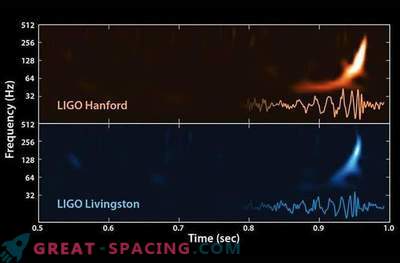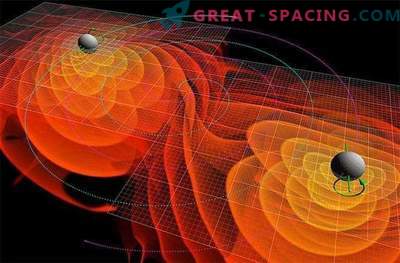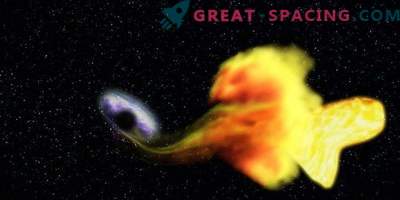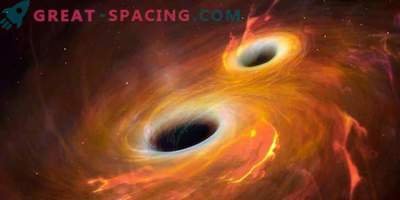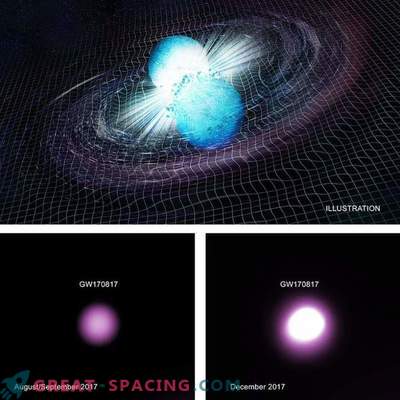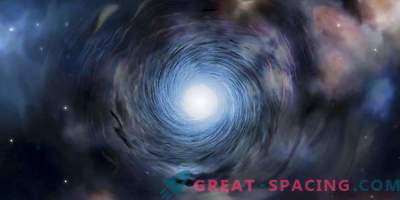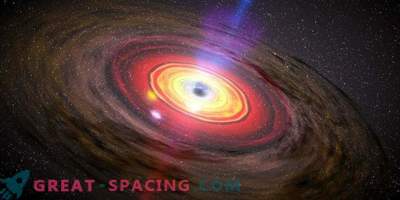
The two black holes that sent the first detected gravitational waves through outer space resulted from the death of one massive star.
"This is the cosmic equivalent of a pregnant woman who has given birth to twins," said astrophysicist Avi Loeb, in a statement from the Harvard-Smithsonian Astrophysicist Center.
Scientists believe that with the explosion of a massive star, its core is destroyed, turning into a black hole that is so dense that even the photons of light cannot leave this gravitational curvature of space and time.
Scientists discovered a burst of gamma radiation on September 14, 2015, a few seconds after the Laser Interferometric Gravitational-Wave Observatory (LIGO) received the first signal of gravitational waves produced, in this case, by the confluence of two black holes.
Gravitational waves are similar to electromagnetic radiation, like radio, visible light and X-rays, except that it is actually space, with its excitement.
Loeb believes that this explosion of gamma radiation may indicate that the black holes seen by LIGO were twins, and resulted from the destruction of one star.
He suggested that if a star rotates very quickly, the core becomes like a dumbbell in shape, and then splits into two sections, each of which forms a black hole. "In the order of the strength of two gravitational-wave events and a gamma-ray burst, two black holes were to be born close to each other, with an initial separation the size of the Earth, and merging in a minute. The newly formed black hole filled with flowing matter, accumulating matter with every second of which the Sun is made, and, by increasing the leaps of matter that fly out of the range, creating an explosion, "the Harvard-Smithsonian Center for Astrophysics said in a statement.
NASA's Fermi gamma space telescope recorded a gamma explosion 0, 4 seconds after the detection of gravitational waves by LIGO. Both events are found in the same area of the sky.
However, the European INTEGRAL gamma-ray satellite could not confirm the detection.
"The prospect of combining gamma radiated explosions and detecting a gravitational wave will present an alternative way to measure cosmic distances," Loeb added.
"Astrophysical black holes are much simpler than other distance indicators, such as supernovae, until they completely determine their mass and rotation," he said.
Loeb's research will be published in the new edition of the Astrophysical Journal Memorandum and will appear in the online archive arXiv.org.
